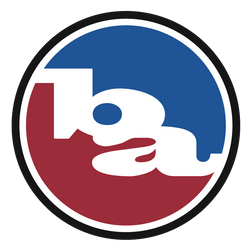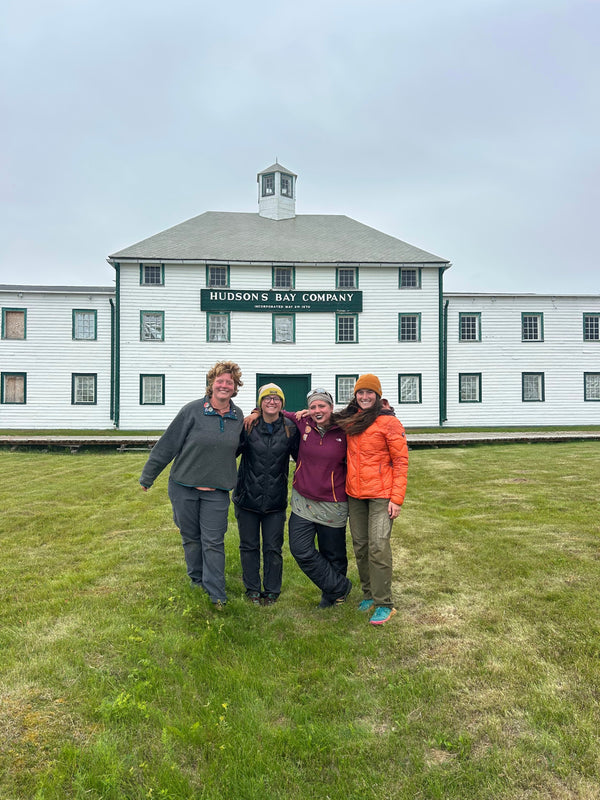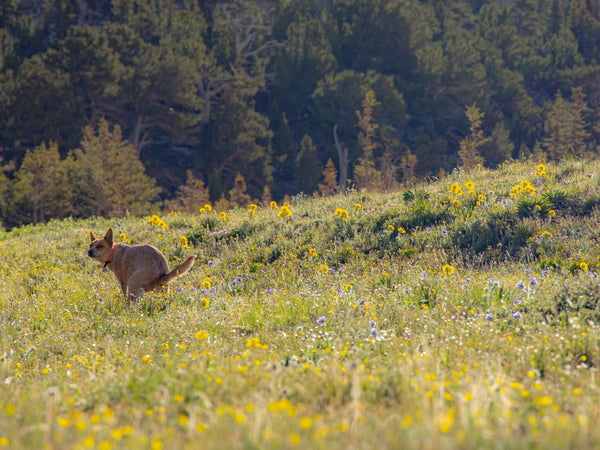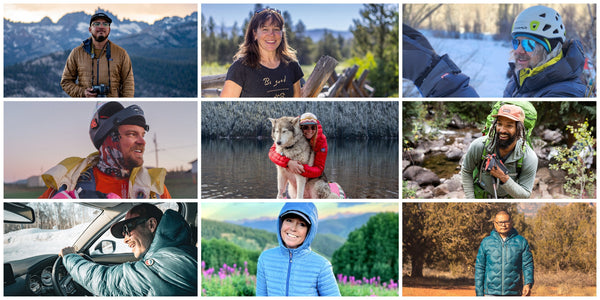
June 24th, 2022 - Day 49
Today was the day! I had worked hard for two and a half years to secure water quality testing through the state of North Dakota. The state team had also worked hard, securing a grant through the EPA to test for a chemical family known as PFAS. This would be the first time in state history that anyone tested surface water for these chemicals.
Today was our training day. I had a good understanding of what I needed to do, but the state still had to give a formal training at the river’s edge and watch me take a practice sample to confirm I was following protocol. The state had sent out two environmental scientists, Emily and Ann, for this training. We picked a point on the Bois De Sioux River, set a time, and met up.

We had talked a lot about how we wanted to do this. The samples take a lot of work and are very sensitive to contamination, so we felt it would be best to anchor my kayak while I worked. Many notes about the conditions need to be logged too. Unfortunately, PFAS can be a suspected material in almost all of my gear, so I have to orient my boat in a specific way to prevent inaccurate samples.

Emily had brought a small boat anchor, probably about 15 pounds, and attached a long run of doubled-up paracord to it. She meticulously knotted the paracord together at intervals to hopefully prevent it from tangling in storage. I grimaced as she handed it to me, knowing I’d have to portage this hunk of metal over dams several times in the days ahead. Part of the pain of doing something cool, I guess...
I had never tried to anchor a kayak before, but had heard of others doing it with their fishing kayaks. I figured it was worth a shot, and felt pretty comfortable with my boat and gear to try something new like this on the spot. Emily isn’t a kayaker, so she had just proposed the idea, but left it up to Ann and I to decide since we had some experience. Ann was pretty skeptical about the anchor.
As we talked, I fought with the deck ties on my kayak. They were really tight and I wanted to clip the anchor line’s carabiner into it. I didn’t have many places to attach an anchor, and had vetoed the idea of clipping it to the loop on the front of my seat. The spray skirt release loop wasn’t stable enough. Deck ties would have to work.
Emily suggested I do a dry run, practicing with the anchor before we introduce sampling equipment. Life vest on and spray skirt sealed, I paddled upstream. I needed to give myself some room and time to figure out the new gear. Our test site sits on a pretty tight bend in the river, so the current flows abruptly to the outside bend. For my samples, I need to stay in the main current where the water is flowing the fastest. I squared up, dropped anchor, and fed out line.
At this point, I should have listened to the little alarms that started in the back of my head. The current was still strong from spring flood waters. I’m a strong swimmer, a decent kayaker, and had all my safety gear, but I hadn’t thought my plan through.
The line kept going out, and eventually I felt the anchor hit the bottom and skip over some debris. I struggled to get it to bite, but when it did, it was unmistakable. It pulled hard and the force of the water was intense! The alarms were a bit louder now, too.
My boat had drifted to the sharpest part of the bend as I fought to get the anchor to bite. I was now pinned, bow stuck against the shore, anchor dug in, and boat sideways (as planned) in the river. I let out the last bit of line as the alarms turned to full blown sirens in my head. Now I took notice. The current pushed on my boat and started rushing over the deck as the anchor held me back. I couldn’t pull myself back upstream to drop the intensity. I quickly tried to unclip the anchor carabiner from my deck ties, but they were so tight I couldn’t get any leverage.
Mild panic ensued. I started to pop my spray skirt, prepping for a possible capsize. I quickly realized that might force me to capsize, as I was now tilted to the port side with my cockpit facing upstream to catch the oncoming water. Sealing my spray skirt back up, I went after the carabiner again. The adrenaline rush had made my hands go shaky, and fine motor skills were needed to get the clip to release.
After what felt like 10 minutes, I finally got it off my deck ties. I tried to pull myself back upstream, but the current was too strong. I also had no way to get this anchor to release. I looked at Emily, who was now wide-eyed and also panicked on shore.
“I can’t get the anchor out...” I yelled up to her while struggling with the line.
“That’s fine! Just drop it!” She yelled back. “It was free!”. We had just briefed about safety, and how it always comes first with any field work.
I felt defeated, dropping this anchor and contributing to the massive amount of debris hidden on the river bottoms here. The Bois De Sioux is not a recreational river, but it flows into the Red which is. Entire trucks can lurk in the depths, waiting for the stray fisherman to locate it on radar. I had seen many during my volunteer time with local water search and rescue.
I frowned, and said goodbye to my cheap, red carabiner attached to the end of the anchor line. The tension wouldn’t allow me to unclip it but I had no other option that wouldn’t force me to swim. I released them both and watched as it quickly vanished into the murky depths.
The current finally won and pulled me downstream. I paddled back up to our test site to a very relieved Emily and a very confused Ann, who had missed all but the tail end while she grabbed something from the car. Ann wasn’t surprised. She didn’t think the anchor would work, but hadn’t said much since I was willing to try it.
We quickly debriefed. That plan definitely did not work. No future field work via kayak in rivers should ever anchor. EVER. We also reworked our sampling plans to accommodate for the lack of anchoring.
Sometimes field work with science is a lot of trial and error. Some things sound great in theory, but don’t work at all in practice. Today was that kind of day. It would end up being the closest I came to capsizing my kayak on the trip!
-Madison Williams, 2022 Bob Swanson Grant Recipient
"When asked to sit and write about my solo kayak expedition as a whole, I struggle to find the words to cover all the different aspects of my trip. What started as a fun way to stay connected to the outdoors became a 4-month long, almost 1,700 mile journey that provided me with so much more. This route, from Minneapolis Minnesota to York Factory Manitoba, is drenched with rich (and often tragic) history, as well as vibrant cultural influences from the countless indigenous and settler communities along the way. It also faces many environmental issues which all impact the river as it heads to the sea."
Find more stories from Madison's adventures at Expedition Alpine on Facebook and Instagram.



 English (EUR) | EN
English (EUR) | EN 


